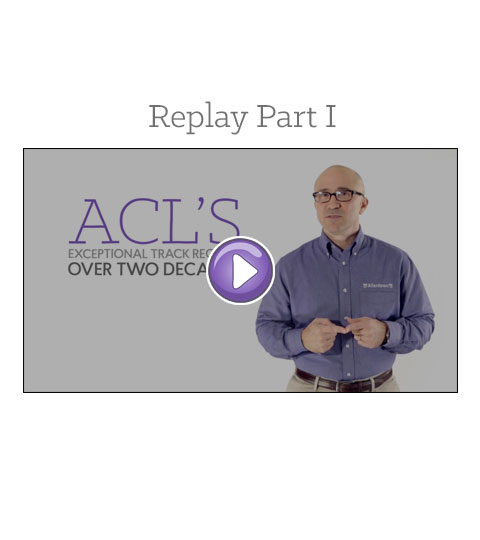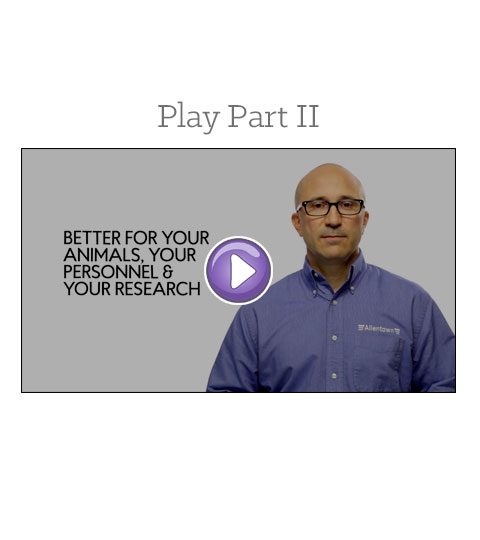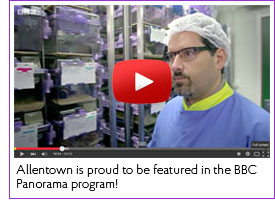The Buzz
Don't Just Take Our Word For It...People Are Talking...
"We have only seen positive effects of Allentown IVC cages on our animals, on their health, well-being, and breeding results, as well as for the environmental safety of the staff."
"We've use Allentown IVC units for years and have no reason to switch. We've bred 1000 lines of custom mouse strains in our Allentown IVCs through the years."
"That air supply in Allentown IVC cages would be stressful is nonsense. Our animals housed in their equipment are healthy, well-being, and show excellent breeding results. The mice build their nests both in front of and away from the valves, and this is most likely strain dependent and not a consequence of stress."
"I can easily recommend other facilities to use Allentown IVC housing. I cannot point to any negative effects of cage design, air-flow, or ergonomics. Our animals housed in these systems are unstressed, healthy, and well-being."
"In comparison tests we found little difference in mouse behaviour in cages where air enters at low level compared to high level. Indeed nesting, feeding, grooming and littering occurred at the back of the cage adjacent to the air inlets. We also found during smoke tests that there was no visible air turbulence in Allentown cages and the smoke cleared more consistently and in significantly less time that in other cage types."
"Allentown systems have provided a safe environment for our animals for many years. There are no signs of stress, and animals breed perfectly well in our systems."
"As a user of Allentown IVC's since their introduction into the UK, we have continued to have complete confidence in this product. There is no indication of any stress caused by the location of the air supply and no evidence of our mice trying to escape from draughts!"
"I feel confident in recommending Allentown's air in the cage level system. We have now been using it for over 2 years and have found it to be safe for even our most vulnerable animals such as NUDEs and other delicate strains. Breeding performance is excellent and the animals are thriving in this extremely effective method of managing our state of the art transgenic strains."
"...there is no evidence that the air valve causes any stress to the mice housed in the Allentown ventilated racks. We commonly observe mice building their nest directly in front of the valve. If the valve was a stressor, I would doubt that the mice would build their nest directly in front of the valve."
"...cages with air supply near the bottom exchanged air in the cage better and more completely than systems with air supplied in the top of the cage."
"In my experience using Allentown Inc. IVC cages, there have been no adverse effects on breeding efficiency. We have over 6000 Allentown IVC cages in a barrier breeding facility and have an excellent breeding efficiency."
"After using Allentown caging for years I have not seen any evidence of stress in these animals as a result of the caging."
"...to say [air at the cage level] is stressful is one thing, to define it in the absence of a definition of stress or data or findings to support the statement is very unrealistic and creates ambiguity around the issue of stress. I have not seen or observed animals in the [Allentown] cages getting out of the way of the airflows described."










